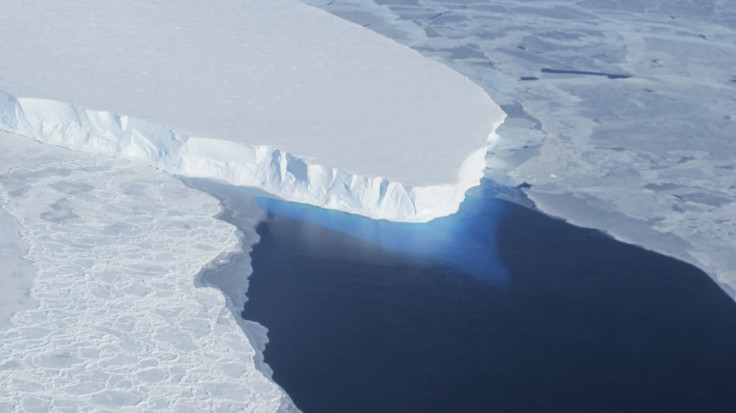West Antarctic Ice Sheet Rests On A 'Surprisingly High' Geothermal Heat Source

Last year, scientists discovered that the rate of ice loss from the West Antarctic ice sheet -- one of the world’s most unstable ice sheets -- was accelerating. Researchers found that the ice sheet contributed about 0.18 inches to global sea-level rise between 1992 and 2013, and that over 70 percent of the loss took place in the second half of that period -- triggering fears that the melting in the region had perhaps reached a point of no return.
Now, a new study, published in the journal Science Advances, is providing vital clues to understanding the region’s inherent instability. According to a team of researchers, led by scientists from the University of California, Santa Cruz, the amount of geothermal heat discovered below the West Antarctic ice sheet is “surprisingly high.”
“This is the first geothermal heat flux measurement made below the West Antarctic ice sheet, so we don't know how localized these warm geothermal conditions might be,” lead author Andrew Fisher said, in a statement. “This is a region where there is volcanic activity, so this measurement may be due to a local heat source in the crust.”
Several recent studies have spotted an uptick in the melting of Antarctica’s floating ice shelves, which act as doorstops and hold back its glaciers and ice sheets from spreading outward into oceans. In some regions, the thickness of these shelves has fallen by as much as 18 percent over the past 18 years -- a process that has accelerated over the last decade.
While the new study can help explain the presence of lakes beneath the region and why parts of the ice sheet flow rapidly as ice streams, it does not mean that the recent uptick in ice-loss from the West Antarctic is due to the presence of geothermal vents.
“The ice sheet developed and evolved with the geothermal heat flux coming up from below -- it's part of the system,” Fisher said, in the statement. “But this could help explain why the ice sheet is so unstable. When you add the effects of global warming, things can start to change quickly.”
According to a recent study, glaciers in West Antarctica have been losing as much water as the weight of Mount Everest every two years -- about 83 gigatons a year. Scientists warn that if the glaciers in West Antarctica were to completely collapse, it could raise global sea-levels by up to 4 feet, inundating several coastal areas.
So, in order to understand the how quickly this ice sheet is likely to melt, an estimate of the exact effect of the geothermal heat flux is crucial, co-author Slawek Tulaczyk said, in the statement.
“It is important that we get this number right if we are going to make accurate predictions of how the West Antarctic ice sheet will behave in the future, how much it is melting, how quickly ice streams flow, and what the impact might be on sea level rise,” Tulaczyk said.
© Copyright IBTimes 2024. All rights reserved.






















